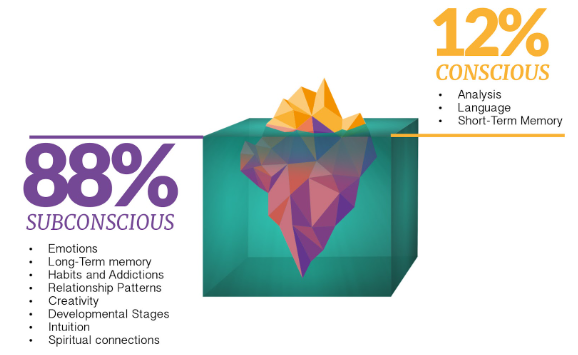Imagine waking up every morning, feeling alert, grounded, calm and ready for any challenge the day might bring.
Imagine too, being absolutely confident that you are finally able to realize your goals, with nothing standing in your way. The good news is that this is a completely attainable state of mind for all those who are genuinely committed to making that change!
Hypnosis is a completely natural process that we all experience every day in some way. When drifting off to sleep at night and during that hazy period in the morning between sleep and wakefulness – those sensations are a form of hypnosis.
In the same way, driving down a motorway and being unaware that you have travelled 30 miles since you last looked at the signpost, is another way of experiencing hypnosis. Ask yourself, how come you were able to change lanes, slow down, speed up, and drive perfectly competently, even though you were miles away in thought?
Being completely engrossed in a good book or film, to the exclusion of everything else that is going on, is another commonly experienced form of hypnosis!
During hypnosis or trance state, the subconscious mind, which makes up 88% of our complete mind, is in a heightened state of concentration and suggestibility.
It is in this state that we are able to imbed suggestions that assist in creating powerful and lasting change, freedom from unwanted habits, fears, indulgences and debilitating memories, whilst at the same time, replacing those old negatives, with strength of character, resolve, self-belief and the commitment to attain personal goals.
A more detailed explanation of hypnosis can be found in the iceberg analogy, below:

The Iceberg – an analogy to explain the role and function individually, of the conscious and the subconscious mind.
Conscious mind:
The tip of the iceberg is the 12% which shows above the waterline and this represents our conscious mind. It is here we access the power of reasoning and thought and here that we acknowledge everything that that we are explicitly aware of at this very moment.
Subconscious mind:
The rest of the massive iceberg, (the 88% that floats beneath the waters unseen,) represents the subconscious mind and it is here that all our habits, beliefs, attitudes and learned skills are stored along with our automatic functions such as blood flow, heart rate and breathing.
Hypnosis is a psychological phenomenon, the roots of which go way back in history to ancient times. Approved by the British Medical Association (BMA), in 1955 and the American Medical Association (AMA) in 1958.
Hypnotherapy is an exceptionally well documented, researched and practiced therapy, backed by many thousands of studies that have proved it to be effective in the treatment of so many differing conditions, be those mental, emotional or physical, (or more commonly, a combination of all three.)
Huge advances in scientific and clinical research and the use of CT and PET scans, MRI and many other forms of body imaging, have really brought the understanding of how hypnotherapy works, to the fore.
Many GP practices now use hypnotherapy as an adjunct to conventional treatment.
In dentistry, the use of hypnotherapy for extractions and root canal treatment without the use of any conventional anesthesia is widely documented.
Hypnotherapy for expectant mothers and their partners, has also gained huge popularity as a way to establish calm, confidence and control in the process of preparation for childbirth and during the event itself.
